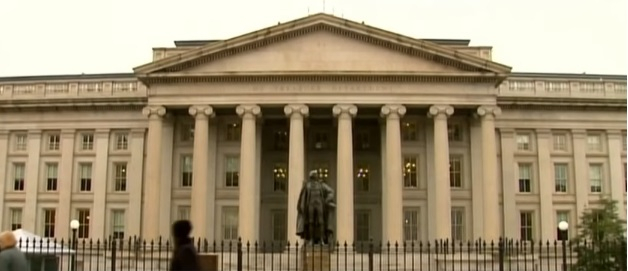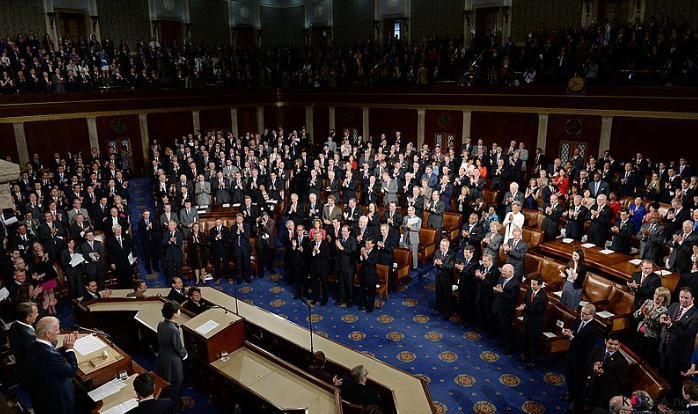The US Treasury Department warned on Friday that the government could default on its interest payments by June unless extraordinary measures are taken before that. "Failure to meet the government's obligations would cause irreparable harm to the US economy, the livelihoods of all Americans, and global financial stability," Treasury Secretary Janet Yellen wrote in a letter to House Speaker Kevin McCarthy.
According to the Treasury, the debt limit will be reached by January 19 and then the government will need to take measures to help it keep spending. The scope of the government measures to stay on is tied to the 2022 tax revenue and the liabilities stemming from upcoming spending commitments like the student loan forgiveness program.

Meanwhile, the treasury can keep the government accounts functioning by measures like tapping Civil Service Retirement and Disability Fund, the Postal Service Retiree Health Benefits Fund and the Federal Employees Retirement System Thrift Savings Plan, according to CNN.
Financial Armageddon
However, in all probability, the House will have to amend the federal government's debt limit before June. Given the House power balance at the moment, this will lead to a tense standoff between the Democrats and the Republicans. The GoP, which has the majority, will push for spending cut commitments in exchange for the support for debt limit enhancement.
However, it is quite unlikely that the procedure will stall, leading to a Congress failure to extend the debt limit and forcing a US default. A Us government interest payment default, albeit unlikely, is termed as a potential financial Armageddon, that will throw the entire global economy into a tailspin.

1. Debt Default Ha Never Happened Before
The US government has never defaulted in its interest in payment commitments. The debt limit for the government was enforced by the Congress more than a century ago to rein in government expenses. It is the maximum limit beyond which the federal government can borrow. If this number is ever breached, only the Congress can enhance the limit. Many times in the past the Congress has raised the limit to keep the government functioning. The last time the Congress extended the debt limit was in 2021.
2. What is Current Debt Limit?
Following the last enhancement of the limit, the current US government debt limit stands at $31.4 trillion. In August 2021, when the government stared at a shut down, the debt limit was $28.4 trillion. Congress enhanced the limit on December 14, 2021 to around $31.4 trillion. It was projected at that time that the limit would be breached sometime in 2023.
3. What Happens When the Government Hits Debt Limit?
When the government hits the debt ceiling, it cannot spend more unless the limit is enhanced or suspended. Technically, the limit prevents the Treasury Department to issue more Treasury bonds to bring in money. At this point it will have a tough choice - either to stop paying federal employee salaries and social security payments or stop paying the interest on the national debt. Both choices are tough and if the government is forced to keep spending on salaries and benefits, it will fail to pay interest on national debt, leading to a default.

4. Why US Default is Destructive for Global Economy
A default on US debt is literally unthinkable given the nature of the current global financial framework. The Treasury investment is seen as the most stable investment worldwide. When an investor buys the US Treasuries, they have the full confidence that the US government will guarantee the investment to its full. No other form of investment in the world currently carries this heft. Therefore, a breach of trust here, in the form of a US debt default, will undermine the entire global economic framework and lead to devastating consequences.
5. What are the Political Ramifications This time?
Treasury Secretary Yellen has forewarned the Congress to act in haste to prevent last minute hassle to avoid a government shutdown. When the debt ceiling is hit, the Treasury can keep on sending by adopting adhoc measures. This is basically about tinkering with money from retirement funds postal service funds and various employee benefit plans. However, the eventual solution is to raise the ceiling. Bipartisan agreement in the Congress is needed to make this happen. However, the Republicans, who control Congress will push for their pound of flesh and press for spending cut commitments from the government. The Democrats are fiercely opposed to spending cuts, and this will lead to a tense standoff.









